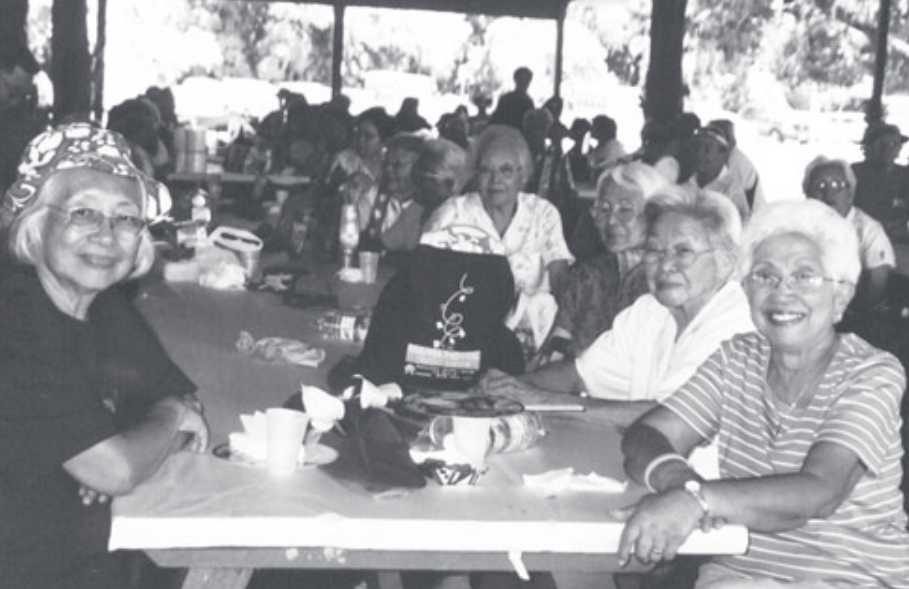
Hawaii Division held its Labor Day pensioner’s picnic on August 27 at Wailoa State Park. Two hundred pensioners from nine clubs attended the picnic, which is held every other year in Hilo. Big Island full-time officers prepared all the food, including beef from a cow donated by former Business Agent Herman Amaral.

Hawaii Division Director Richard Baker Jr. (left) with event emcee Franco Longakit. Baker welcomed the pensioners and thanked them for all their hard work in building the union.
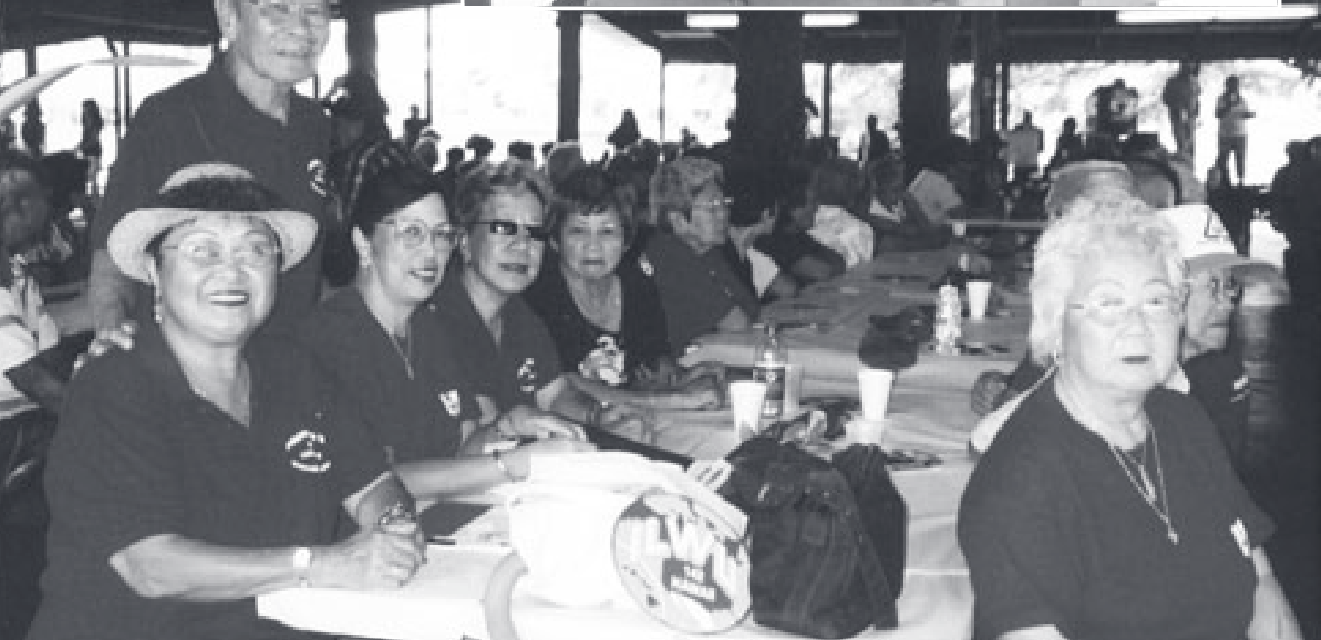
Paauilo pensioners wore bright red shirts to identify their club
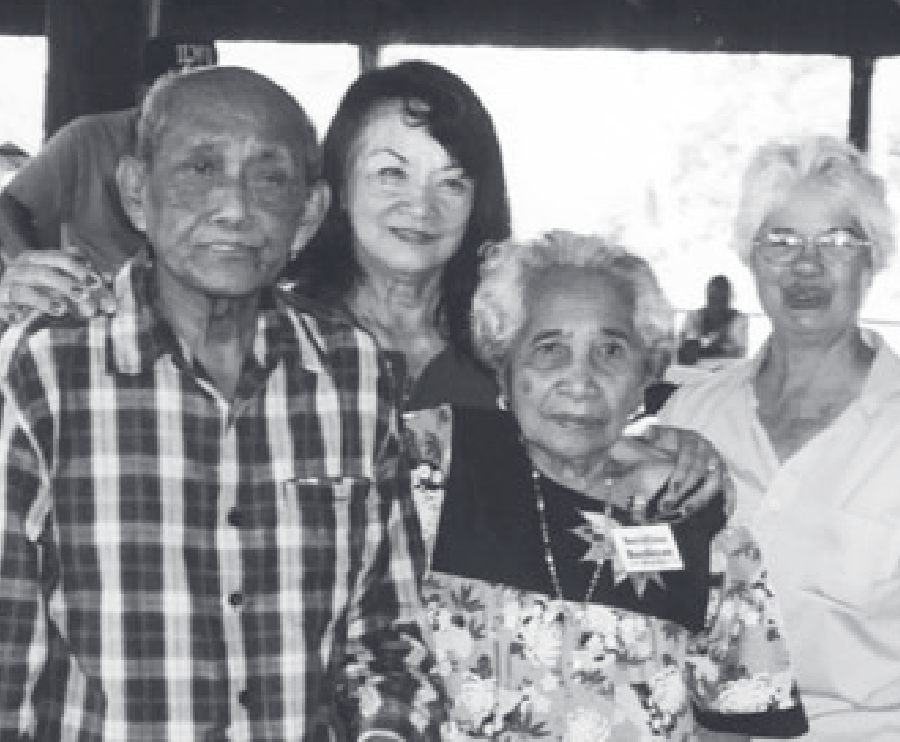
Fernando and Sarafina Barsatan (front) were recognized as the oldest married couple. (L-r) Fernando Barsatan, Barbara Hanog, Sarafina Barsatan, and Kawaihona Poy. Mrs. Hanog (Pepeekeo Pensioner’s Club) and Mrs. Poy (Laupahoehoe Pensioner’s Club) served as co- chairpersons of the awards committee.
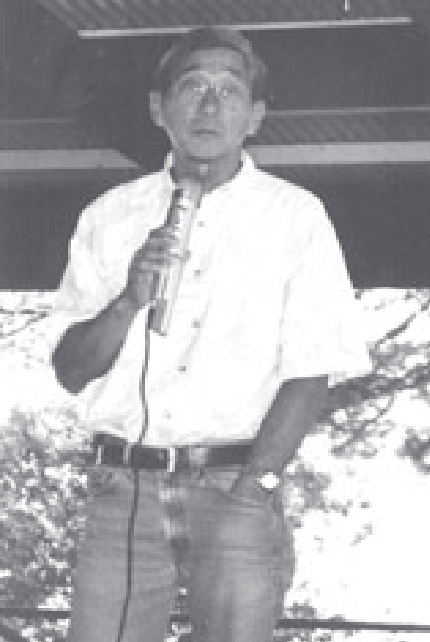
Big Island mayor Harry Kim attended the Labor Day celebration, and spoke about growing up on the Olaa
plantation.
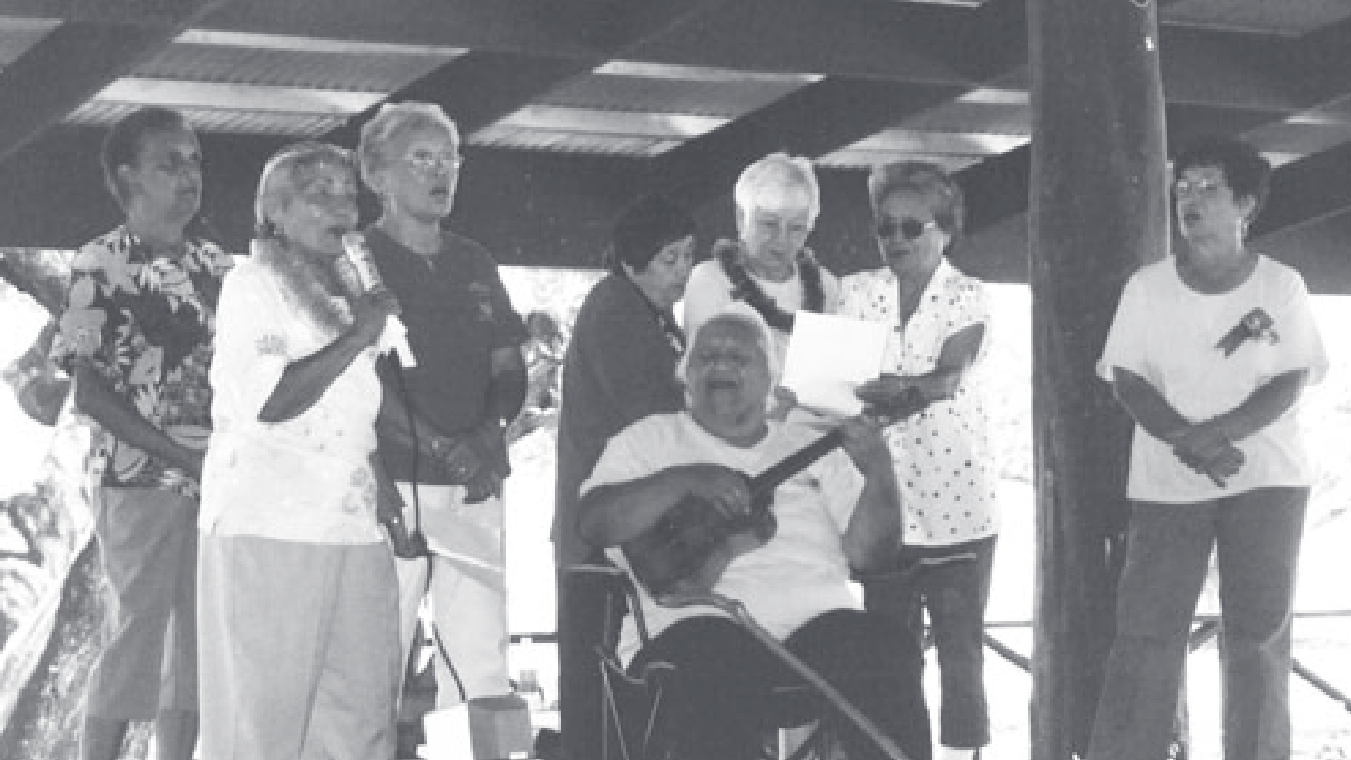
Talented pensioners provided the day’s entertainment. (Above) Honokaa pensioners (with a ukulele player from Pahala) serenaded the group.
AFL-CIO Report: plans for the future —continued from page 7
more money and resources into organizing. The AFL-CIO was putting too much into political campaigns, like John Kerry’s run for president, and reaped no results, they said. The next day CtW held another press conference to formally
announce that the SEIU and the Teamsters were disaffiliating from the AFL-CIO. The other unions stayed in (with the UFCW disaffiliating the following week), but proclaimed their allegiance to the CtW program.
The AFL-CIO countered saying they had in fact made many compromises and adopted much of the CtW program, including putting more money and resources into organizing and giving rebates to unions that did more, and cutting back on the federation’s staff and programs. They argued against pitting organizing work against political activity,
contending that changes in labor laws and policies were needed to make organizing less cumbersome and that organizing was needed to have enough strength to win electoral victories and legislative victories. The two are interdependent and interactive, they said. Emphasizing one over the other was a chicken and egg problem.
Many of the unions remaining in the AFL-CIO responded to the disaffiliations by demanding strict enforcement of the federation’s Constitution: non-members are not allowed participation in AFL-CIO state federations, central labor
councils (CLCs), trade departments and other affiliated groups. The hundreds of state federation and CLC delegates let their discontent show.
But by August the pressure from below had the AFL-CIO proposing an inventive way to get around its own Constitution and allow the CtW local unions to participate in central bodies. The AFL-CIO would grant “Solidarity Charters” to the locals, giving them special membership. But the proposal was drafted in a way that the CtW leadership was able to find things in the fine print to object to. They demanded the locals continue to participate in the CLCs and state federations on the same terms they had in the past.
Both sides are finding some resistance from their local officers and rank and filers to the splits and acrimony at the top levels of the movement, and the dust has yet to settle. Much will depend on what happens at the Change to Win coalition’s founding convention scheduled for September 27, 2005. ◆
